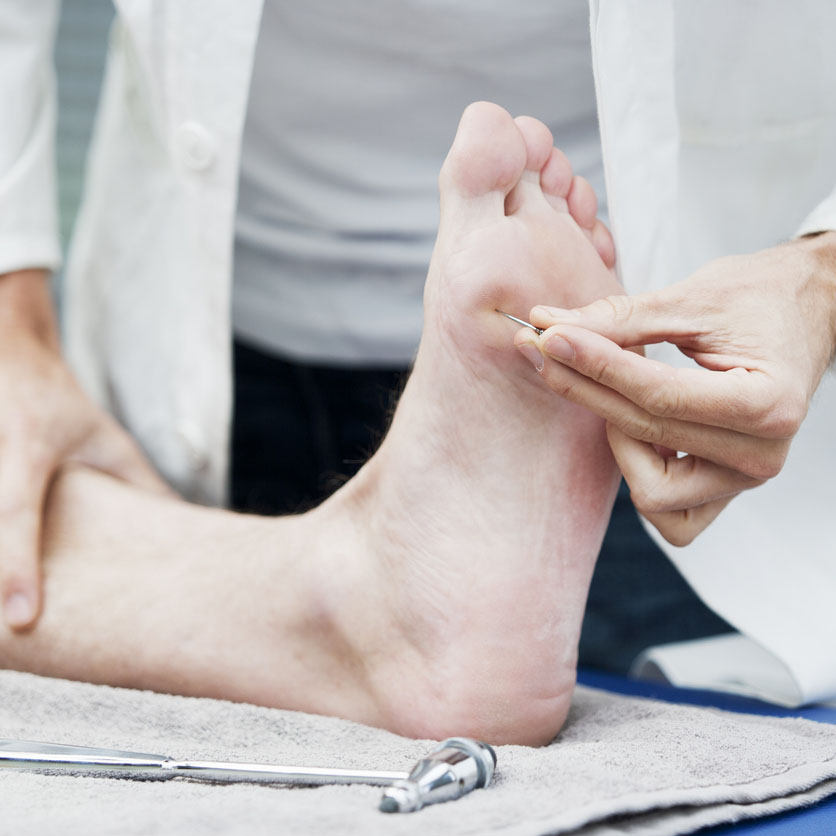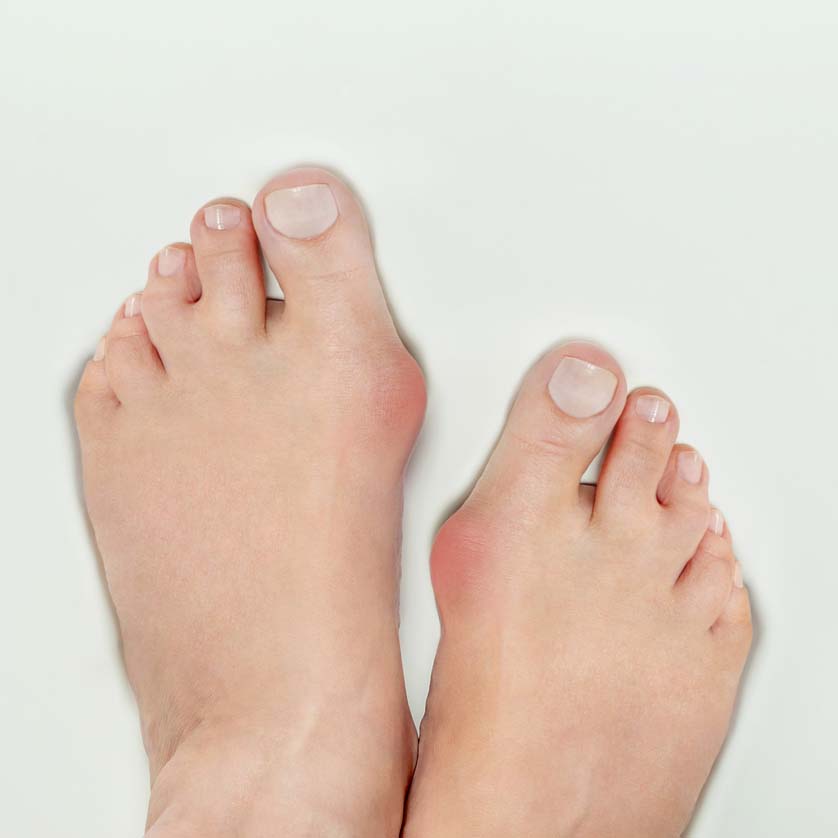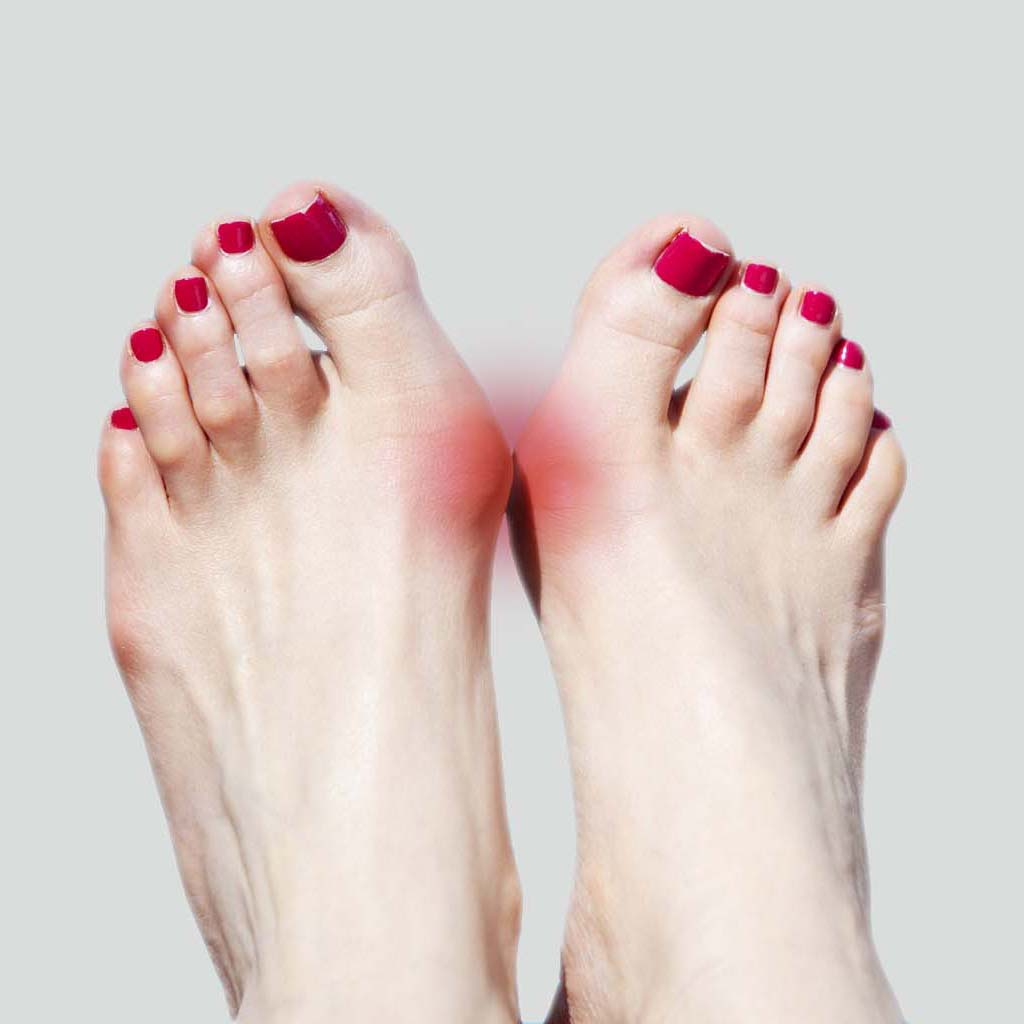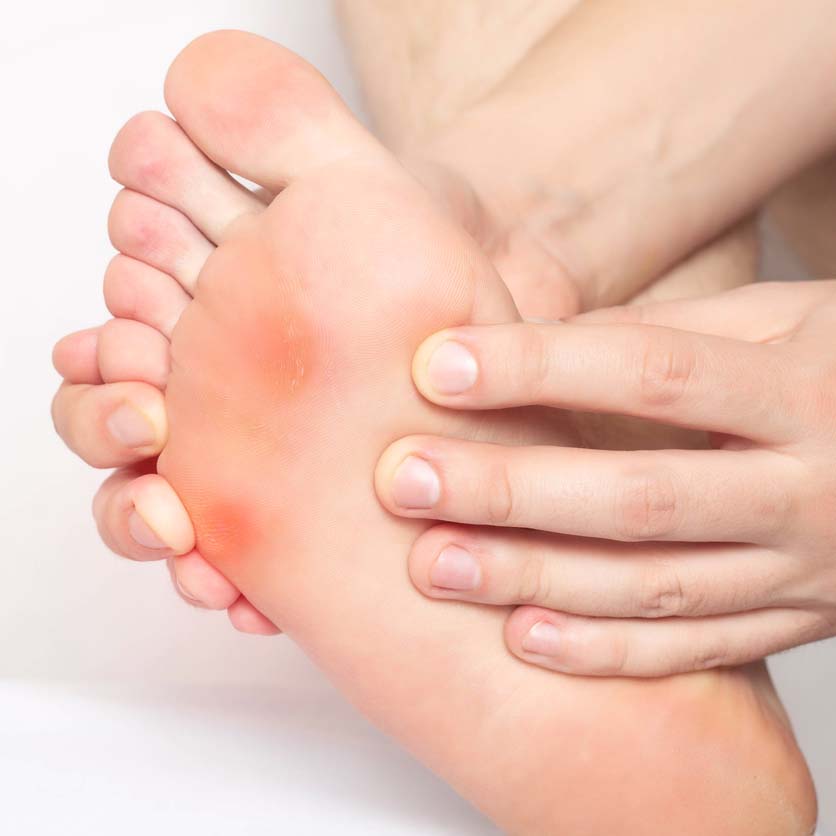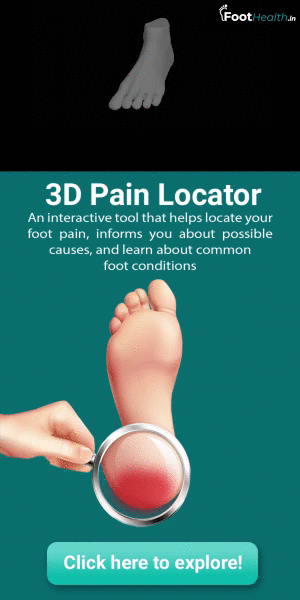


Sesamoiditis
Introduction

Sesamoid bones, are small bones within the tendons of the muscles that attach to the big toe. Sesamoiditis results from irritation of these bones and tendons which is a common condition that affects the forefoot, typically in young people involved in physical activity like running or dancing. While stepping or walking one pushes off against the toe where the sesamoids are involved, and eventually they can become irritated or even fractured. Its most common symptom is pain under the joint of the big toe.
Cause
Sesamoiditis can be distinguished from other forefoot conditions by its gradual onset. The pain usually starts as a mild ache and increases gradually as the activity is continued. Speedwork, hillwork, or even increased mileage increases pressure on the great toe is known cause of sesamoiditis. Individuals who have bony feet (less fat pad under the bony structure) or those with high arch are prone to put pressure on the ball of the great toe resulting in sesamoiditis.
Treatment And Prevention

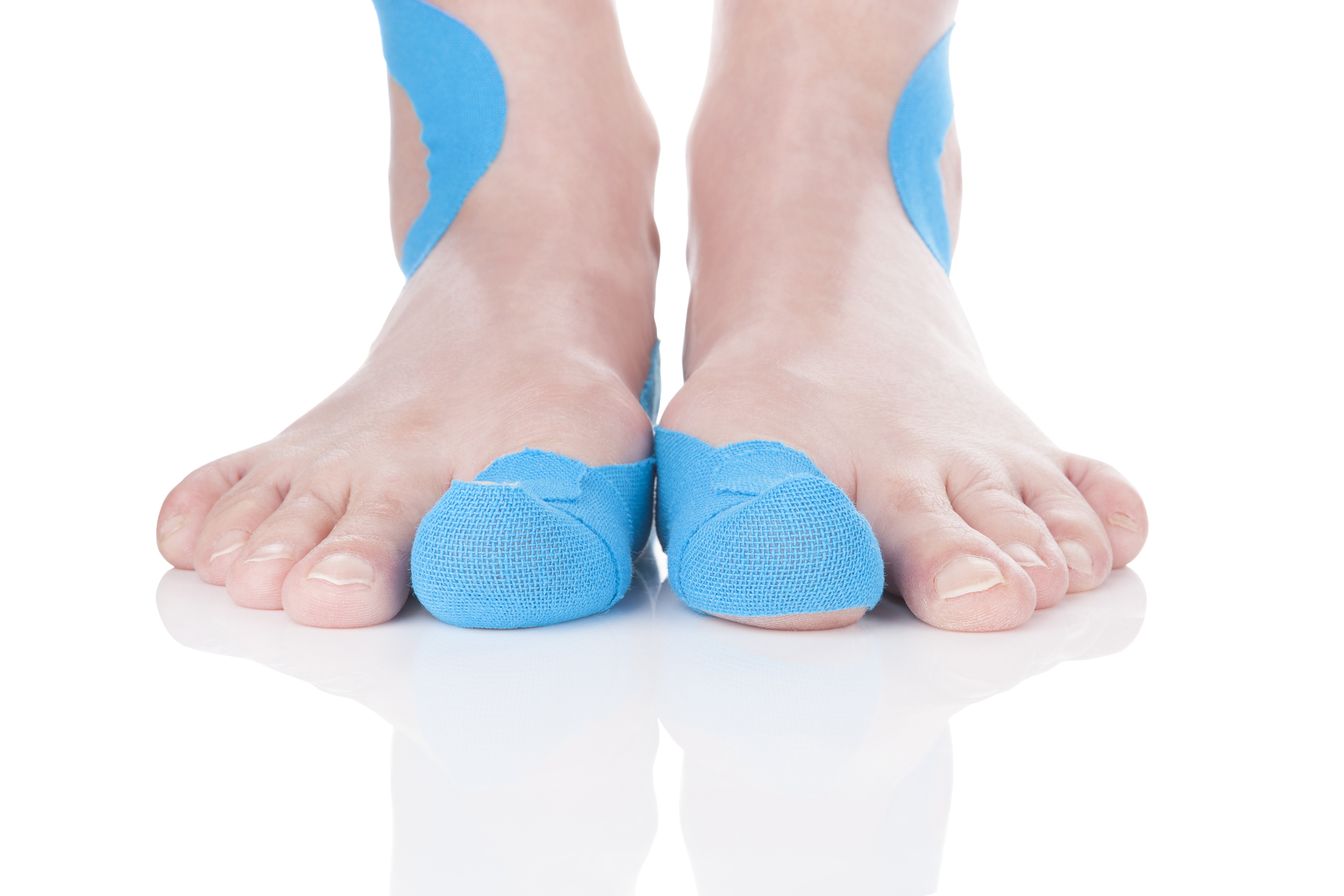
Acute cases require a strict period of rest and icing or anti-inflammatory, along with the use of a modified shoe or a shoe with metatarsal pad to reduce pressure on the affected area. It is recommended to reduce or stop activity for a while. This may give your sesamoids adequate time to heal. In addition, the big toe may be immobilized with a tape or athletic strapping to permit healing. If pain and inflammation persists then consulting an Orthopedician is advisable
Read our Articles
